The Ba Lat liquid cargo port, which has just been started in Hung Phu commune, is the first infrastructure project in the newly formed coastal logistics chain. The port is expected to ensure a stable energy supply, reduce transportation costs and create a competitive advantage for the coastal area. As infrastructure opens the way, a new wave of investment is being activated, and the Thai Binh economic zone is facing a great opportunity to break through and affirm its position on the national investment attraction map.
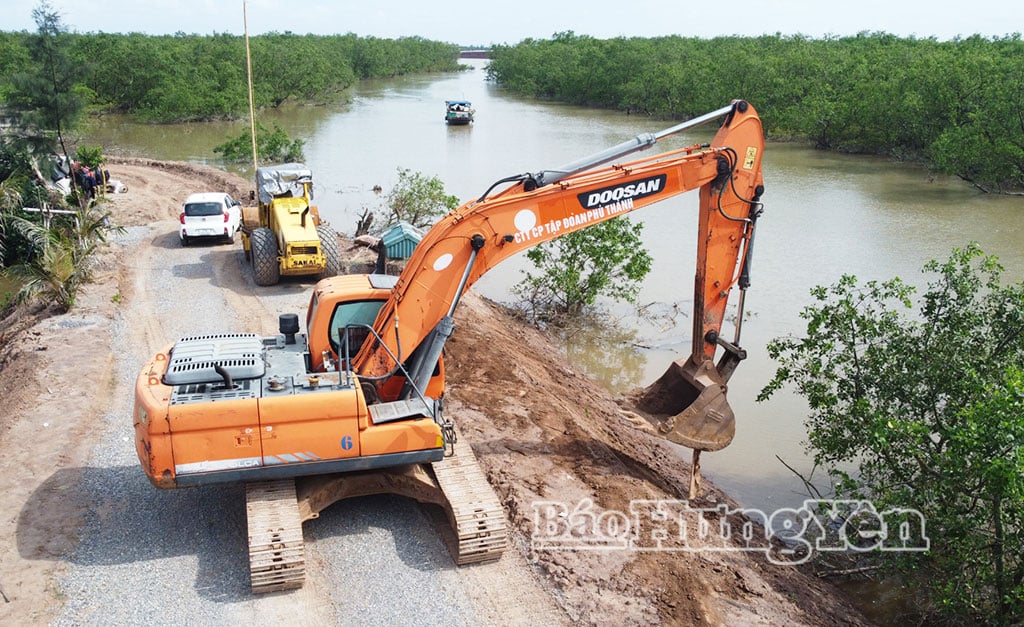
At the end of June, in Hung Phu commune, Hung Yen province, the Ba Lat liquid cargo port project was officially started. This is the first project in the coastal energy port infrastructure system. The project has strategic significance in building a modern logistics chain and developing industry in the northern coastal region. The project was started at a time when the province's strategic transport infrastructure is being rapidly invested in and completed, including the CT.16 expressway connecting directly to the Ba Lat area; the Ninh Binh - Hai Phong expressway (CT.08), Hanoi Ring Road 5 (CT.39) and the national highway system and coastal routes are being accelerated.
Ba Lat liquid cargo port has a total area of over 68,500m2 , designed to receive ships with a tonnage of up to 3,000 tons, a customs clearance capacity of 150,000 tons/year and a warehouse system of nearly 5,000m2. In addition to the wharf area, the project also has an operator building, a tank system, a wastewater treatment area, pipelines and complete technical items. Mr. Ngo Van Phat, Chairman of the Board of Directors, General Director of Phu Thanh Group Joint Stock Company (project investor) shared: I believe that when Ba Lat port is formed, it will open up a highly competitive coastal logistics corridor, not only serving the delta region but also connecting with the midlands and mountainous areas of the North. The port is built to transport gasoline and oil, and is also the first step for an entire energy logistics chain associated with industrial parks in Thai Binh economic zone.
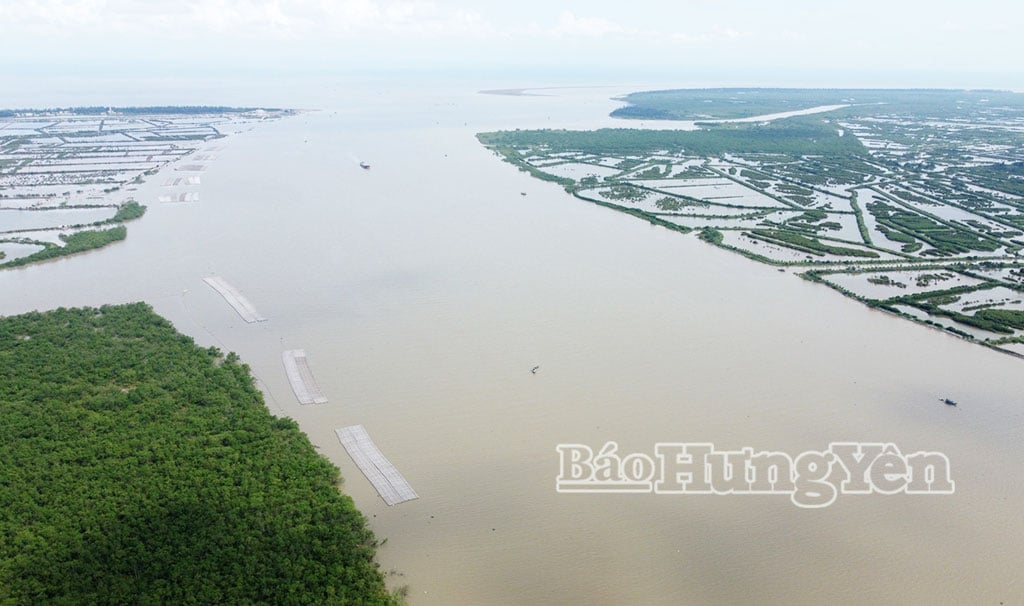
According to the Master Plan for the national transport infrastructure system to 2030, with a vision to 2050, Hung Yen province will play the role of a center for connecting inter-regional and inter-provincial logistics. Currently, the province is planning and investing in the synchronous development of an inland waterway port system on the Red River, Tra Ly River, Luoc River and Hoa River, with the capacity to receive ships up to 3,000 tons. Ba Lat seaport, where the liquid cargo port project is located, is one of the three main wharf areas of Hung Yen province in the group of national seaports No. 1. This is the foundation for forming a regional coastal logistics center. Along with that, the province has planned 4 new dry ports divided into two clusters: Nam Phu and Tan Truong dry ports (East) and Hung Ha and Quynh Coi dry ports (West). This will be the chain of transporting goods from seaports, via roads, inland waterways, to industrial parks and consumer markets. Comrade Vu Kim Cu, Member of the Provincial Party Standing Committee, Head of the Hung Yen Economic Zone Management Board, said: Synchronizing the system of seaports, roads, dry ports and planning additional specialized coastal airports after 2030 is an important basis for Hung Yen to form a multimodal logistics ecosystem. We are striving to build infrastructure one step ahead to welcome high-quality investment capital into Thai Binh Economic Zone.
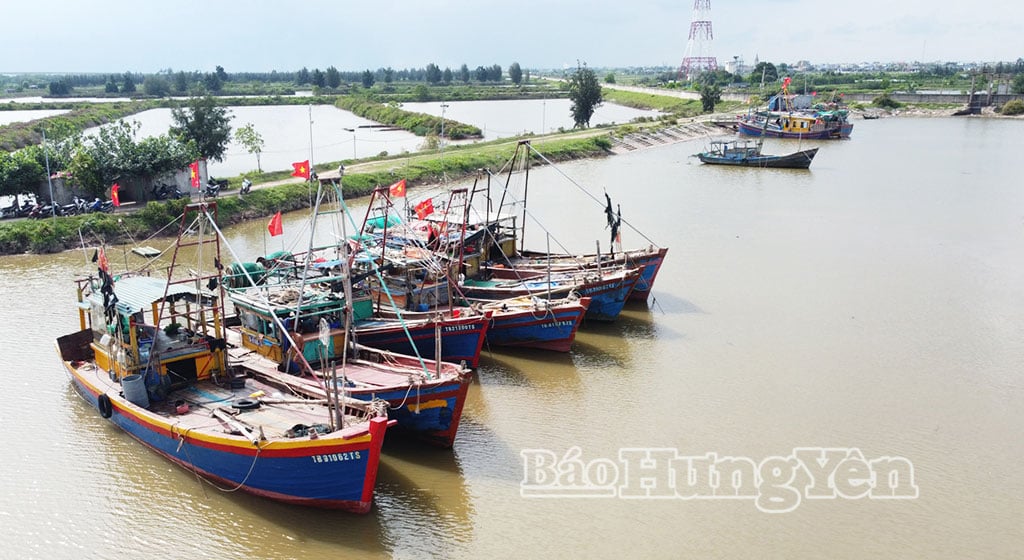
The Ba Lat liquid cargo port project is not only a large-scale technical project, but also a signal to open the door for new investment flows into the Thai Binh economic zone. In 2024, the province attracted more than 180 new investment projects, an increase of more than 80% compared to the previous year, with a large proportion coming from the processing, manufacturing and logistics sectors. Major investors such as Green i-Park, VSIP, Phu Thanh Group... are contributing to shaping the model of a green, modern, logistics-integrated industrial park. With synchronous logistics infrastructure, especially seaport infrastructure, dry ports and connecting traffic, it is the key criterion in evaluating the current investment environment. Recently, at a meeting with the Ministry of Construction on seaport development, Mr. Nguyen Khac Than, Deputy Secretary of the Provincial Party Committee, Chairman of the People's Committee of Hung Yen province, said that in the coming period, the province's goal is to expand the economic space towards the sea, focusing on building Thai Binh economic zone into a multi-sector economic development cluster, creating growth momentum for Hung Yen province in particular and the whole country in general. The fact that Hung Yen province is implementing a liquid cargo port and accompanying infrastructure projects clearly demonstrates the strategic vision and implementation capacity of the locality. In addition, the province's policies are also being perfected in the direction of creating maximum convenience for investors, such as reducing the time to handle administrative procedures, planning clean land, supporting quick site clearance, and accompanying after licensing will create stronger investment attraction in the economic zone.
Ba Lat Liquid Port is a pioneer project in energy logistics infrastructure, marking the beginning of a new development phase for Hung Yen province. With a gradually completed multimodal infrastructure system and a strategic mindset of “taking shortcuts”, Hung Yen proactively enhances the position of the coastal economic zone, aiming to become a logistics - industrial - service center with high regional connectivity, competitive enough and attractive to domestic and international strategic investors.
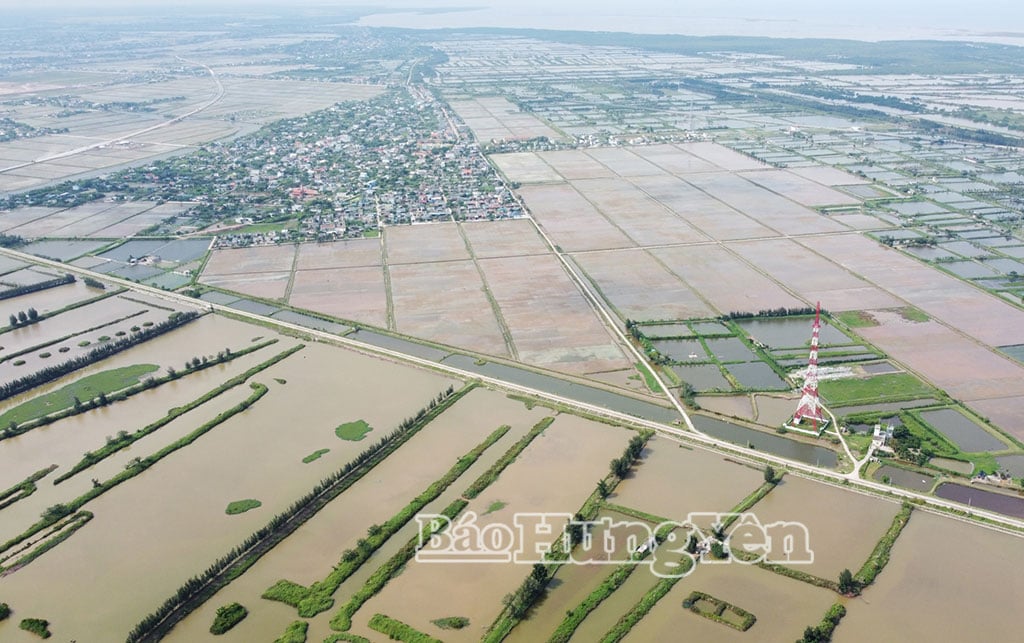
Khac Duan
Source: https://baohungyen.vn/tiep-them-suc-hut-dau-tu-cho-khu-kinh-te-thai-binh-3182843.html





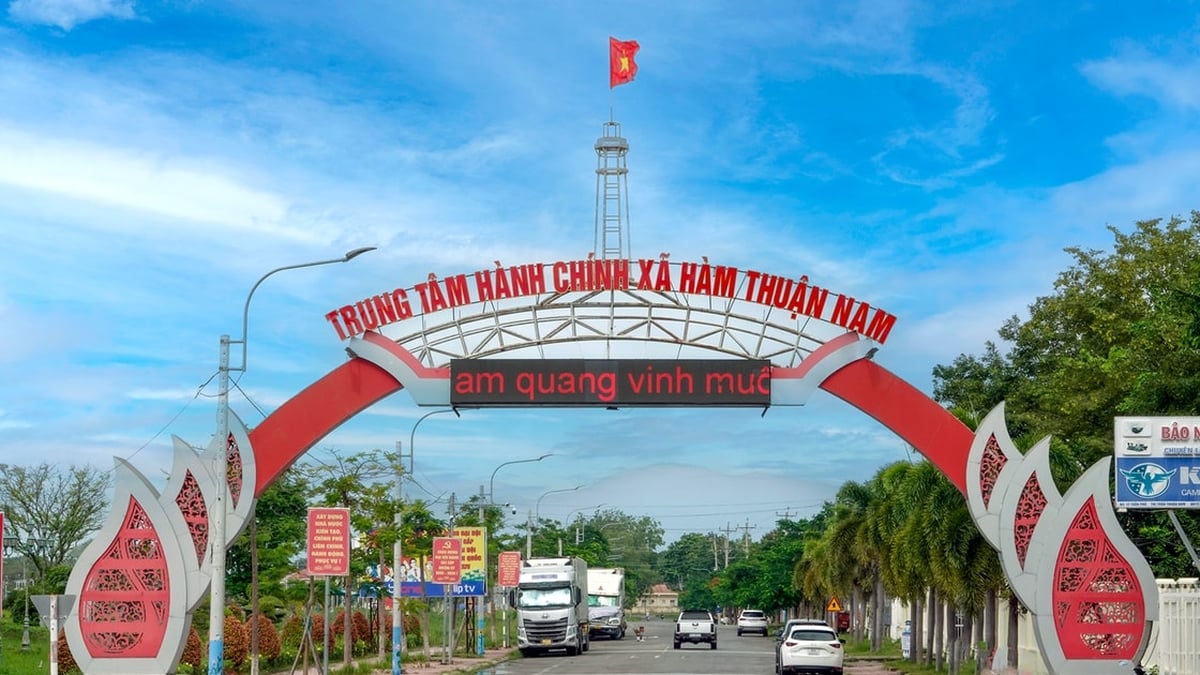
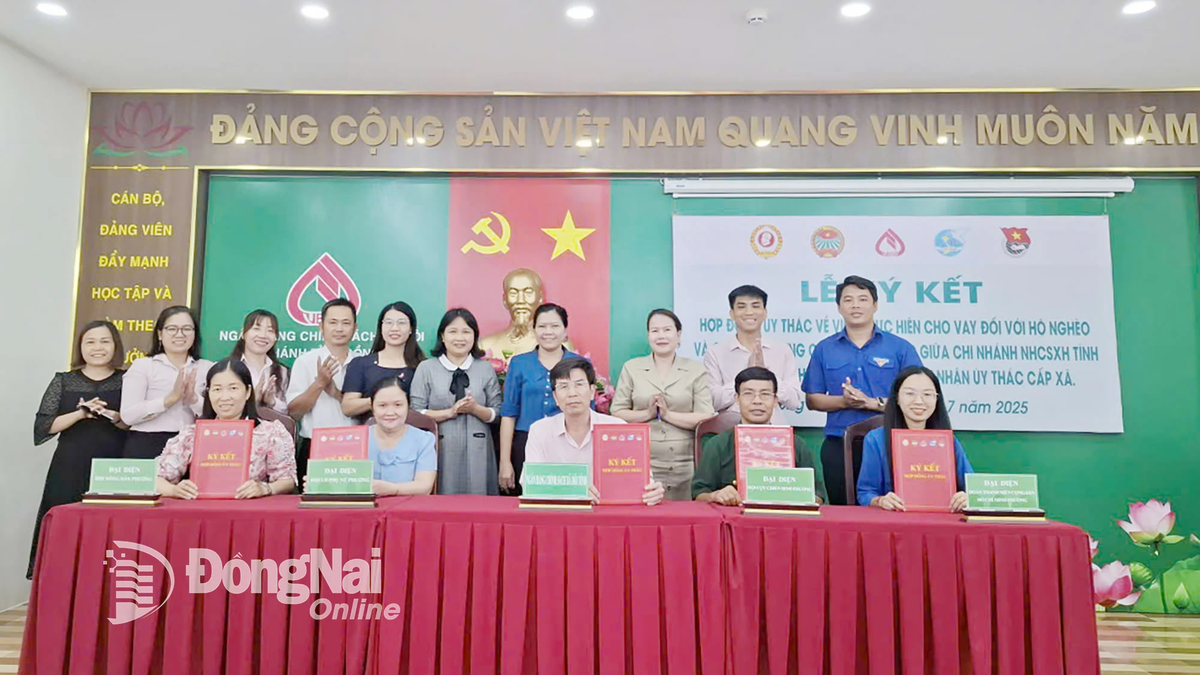
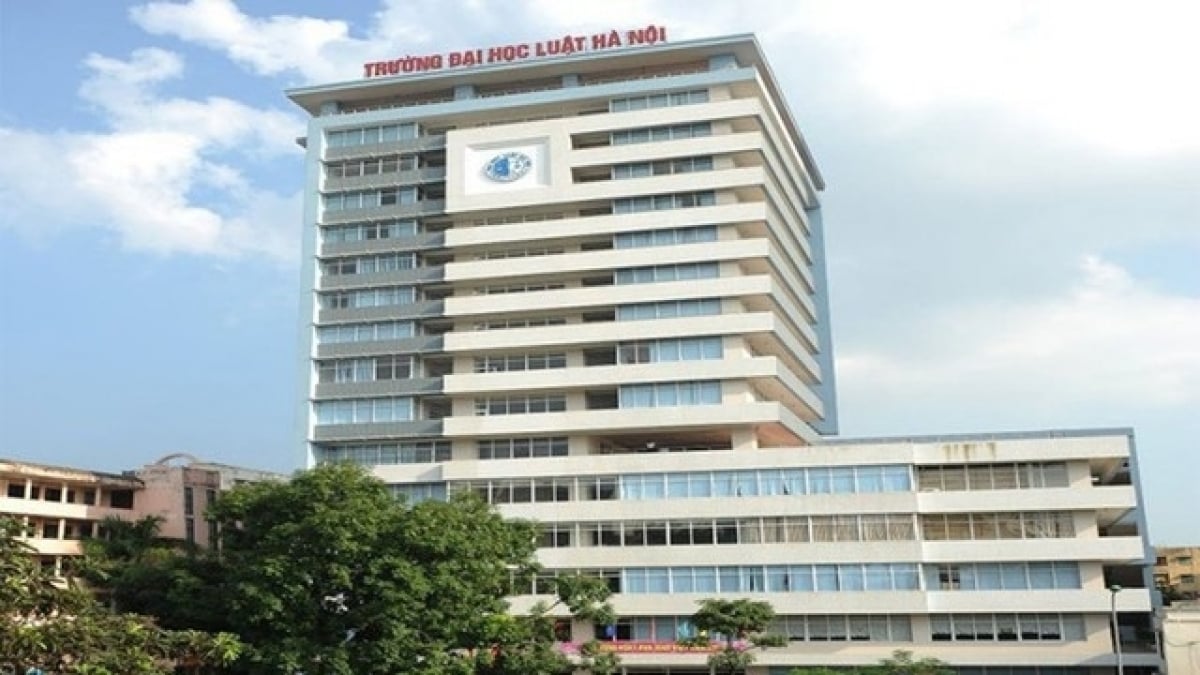
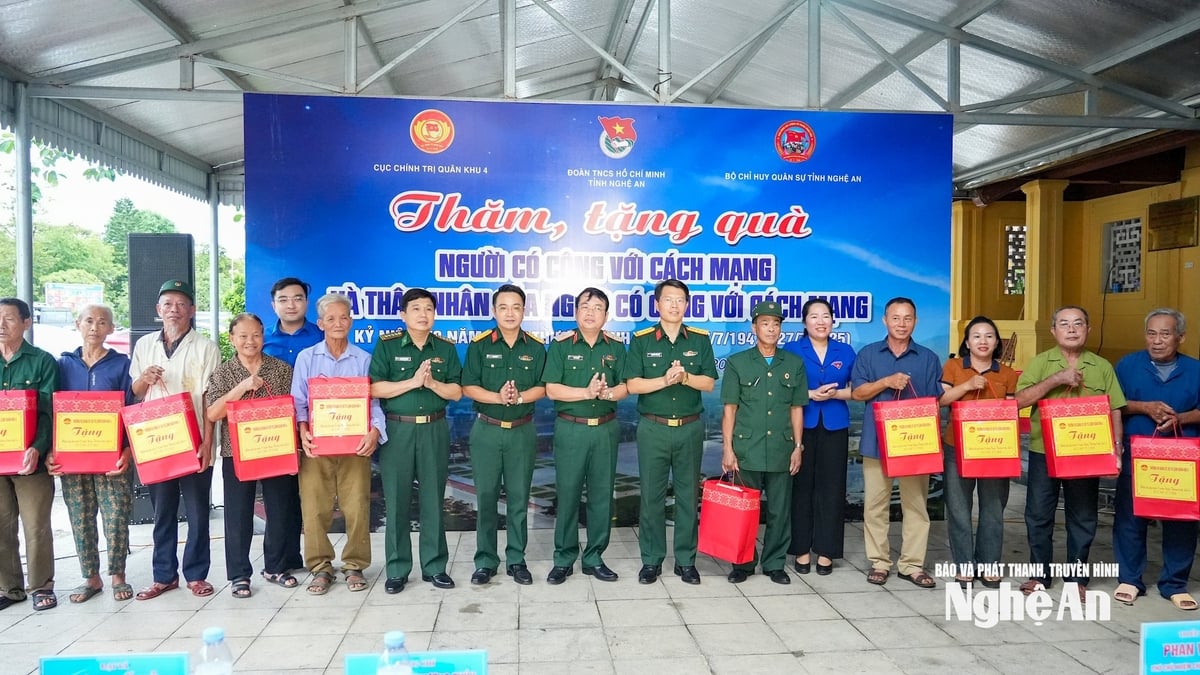































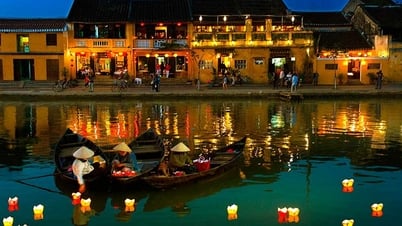







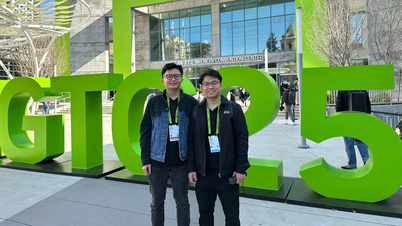


















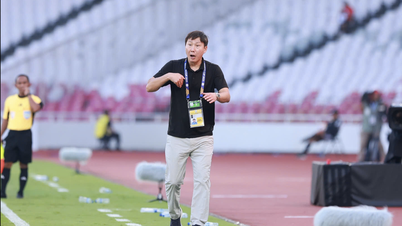










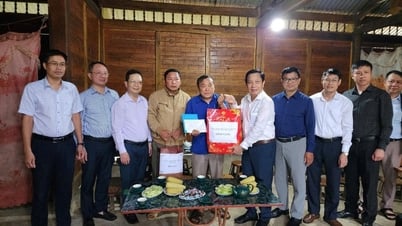
























Comment (0)